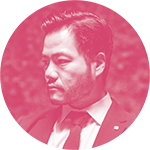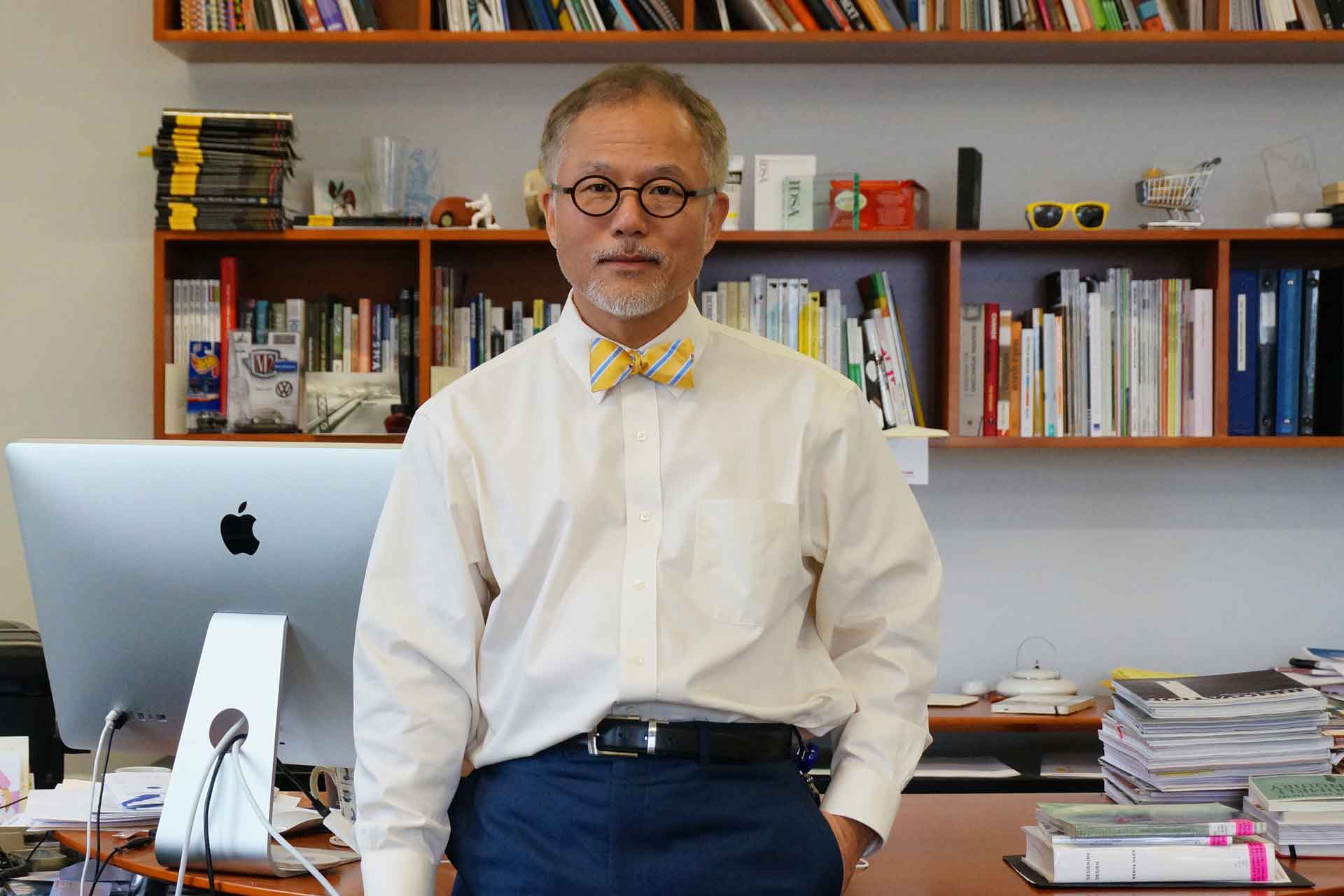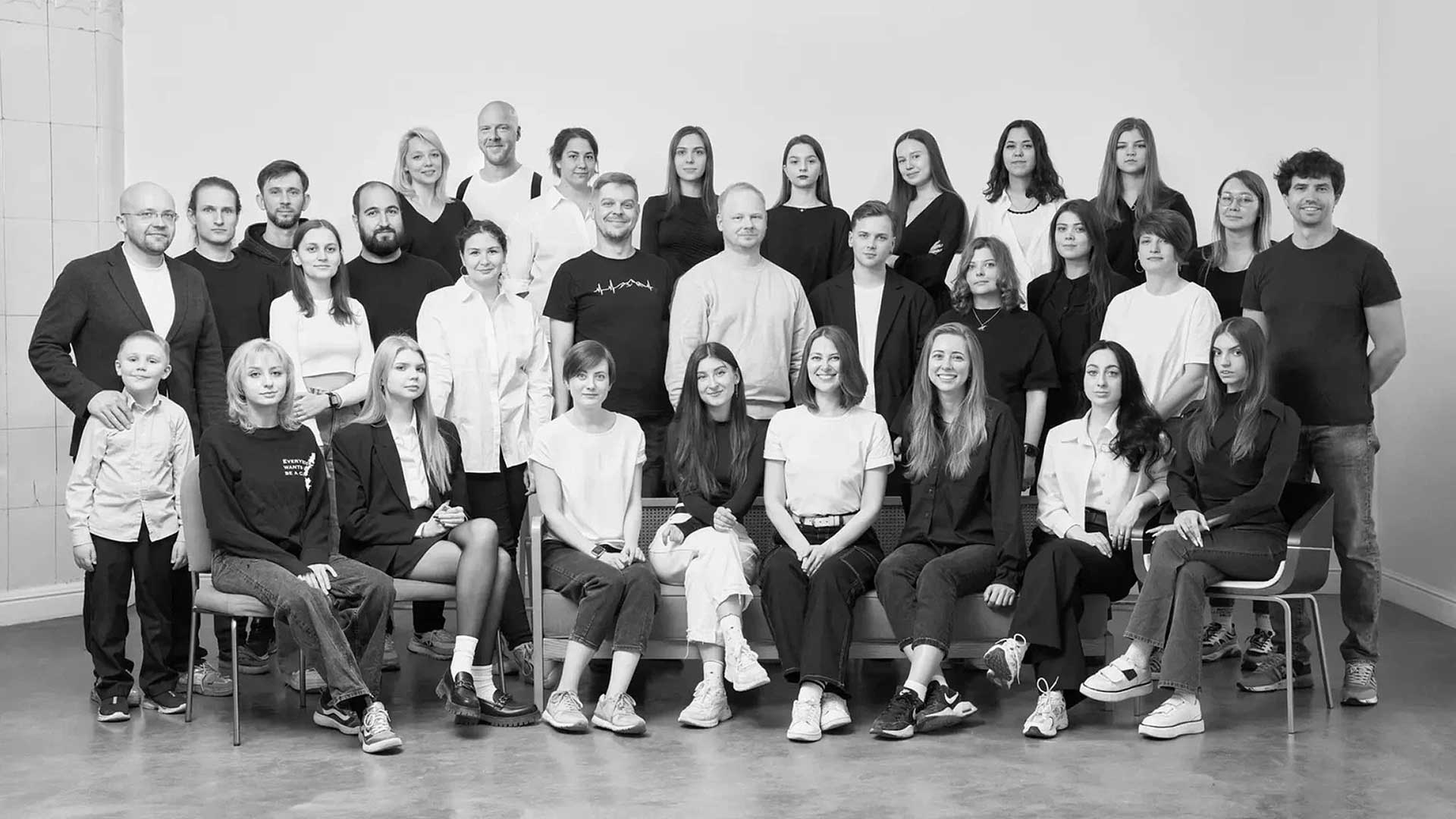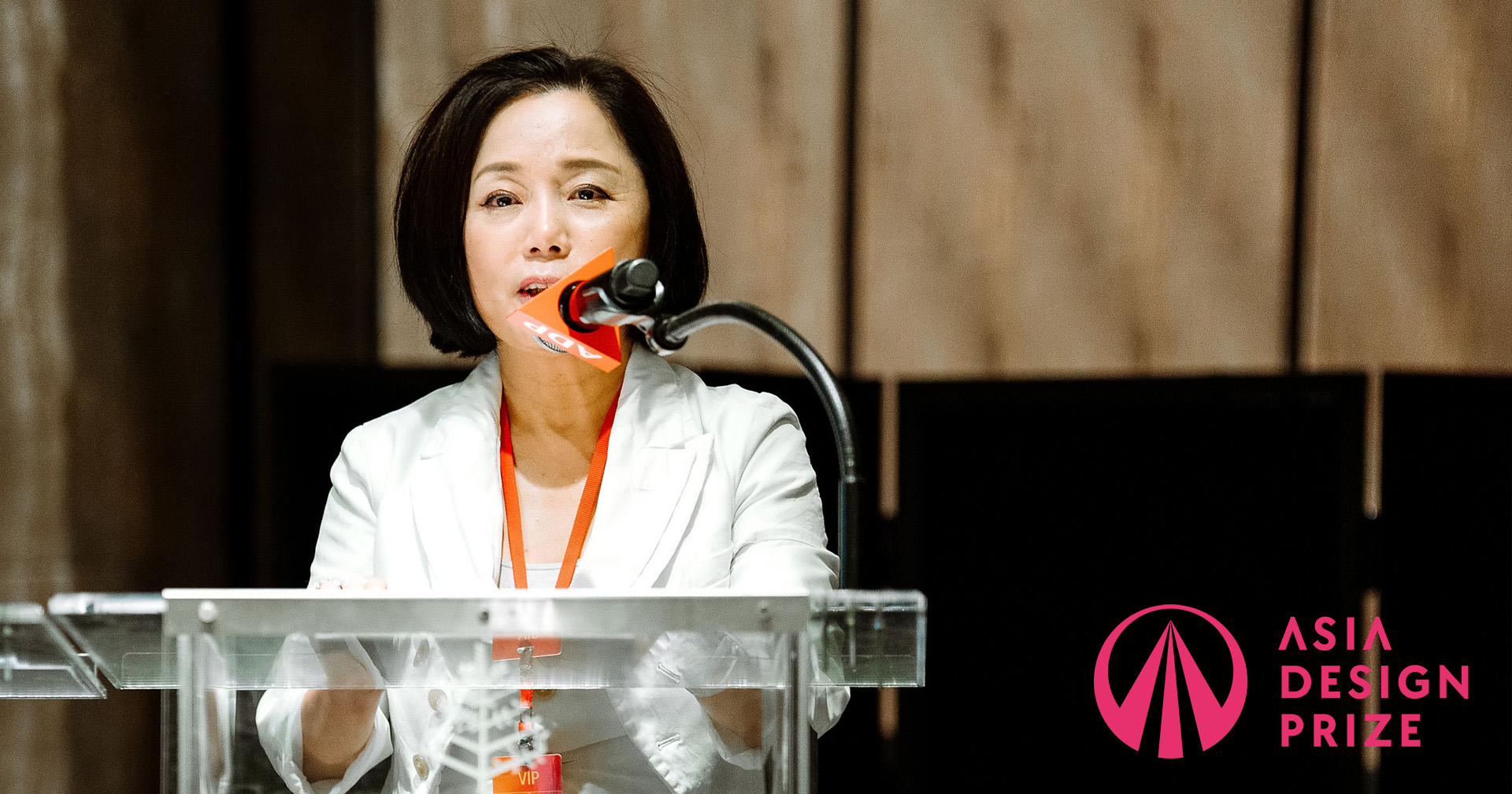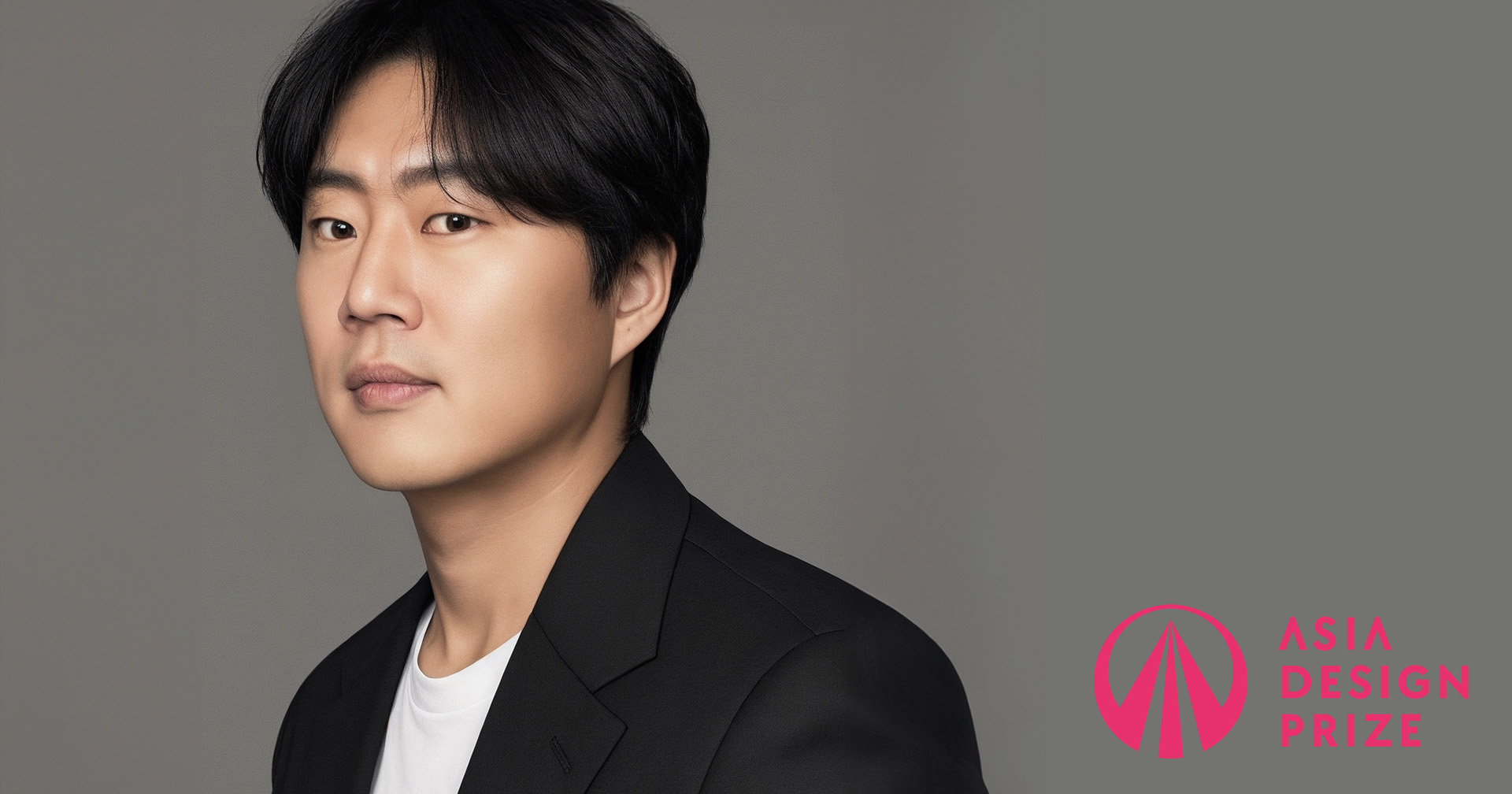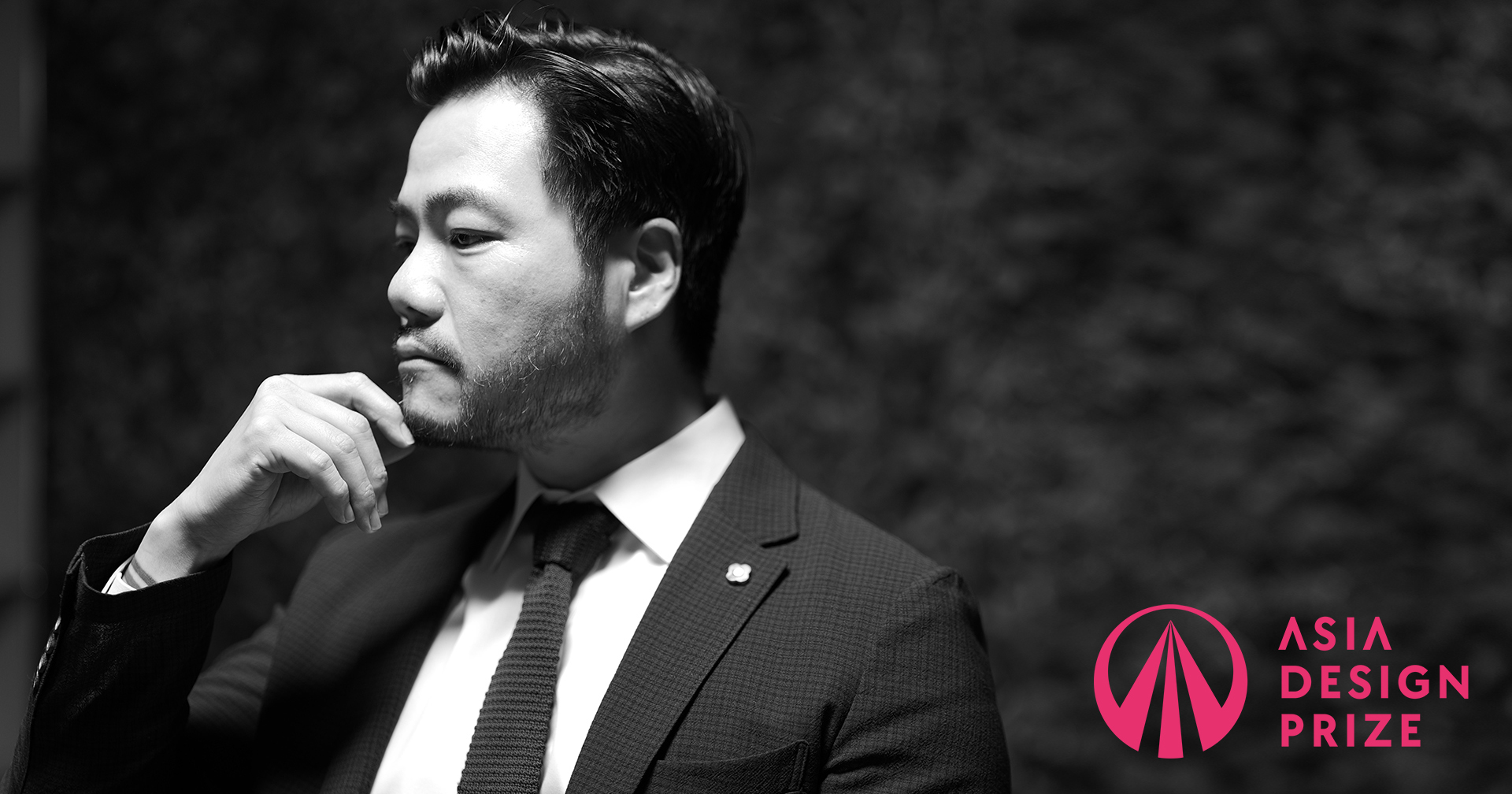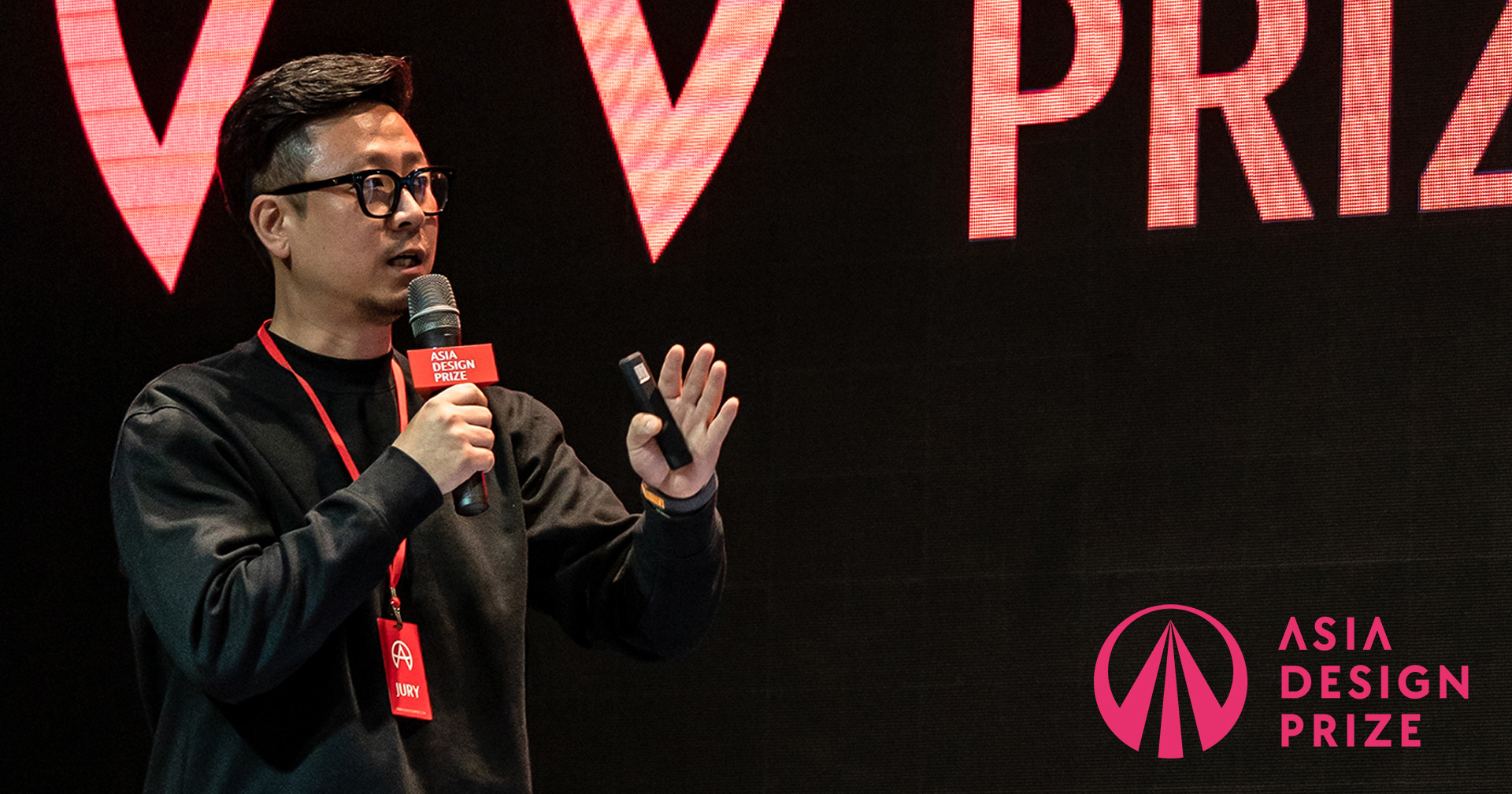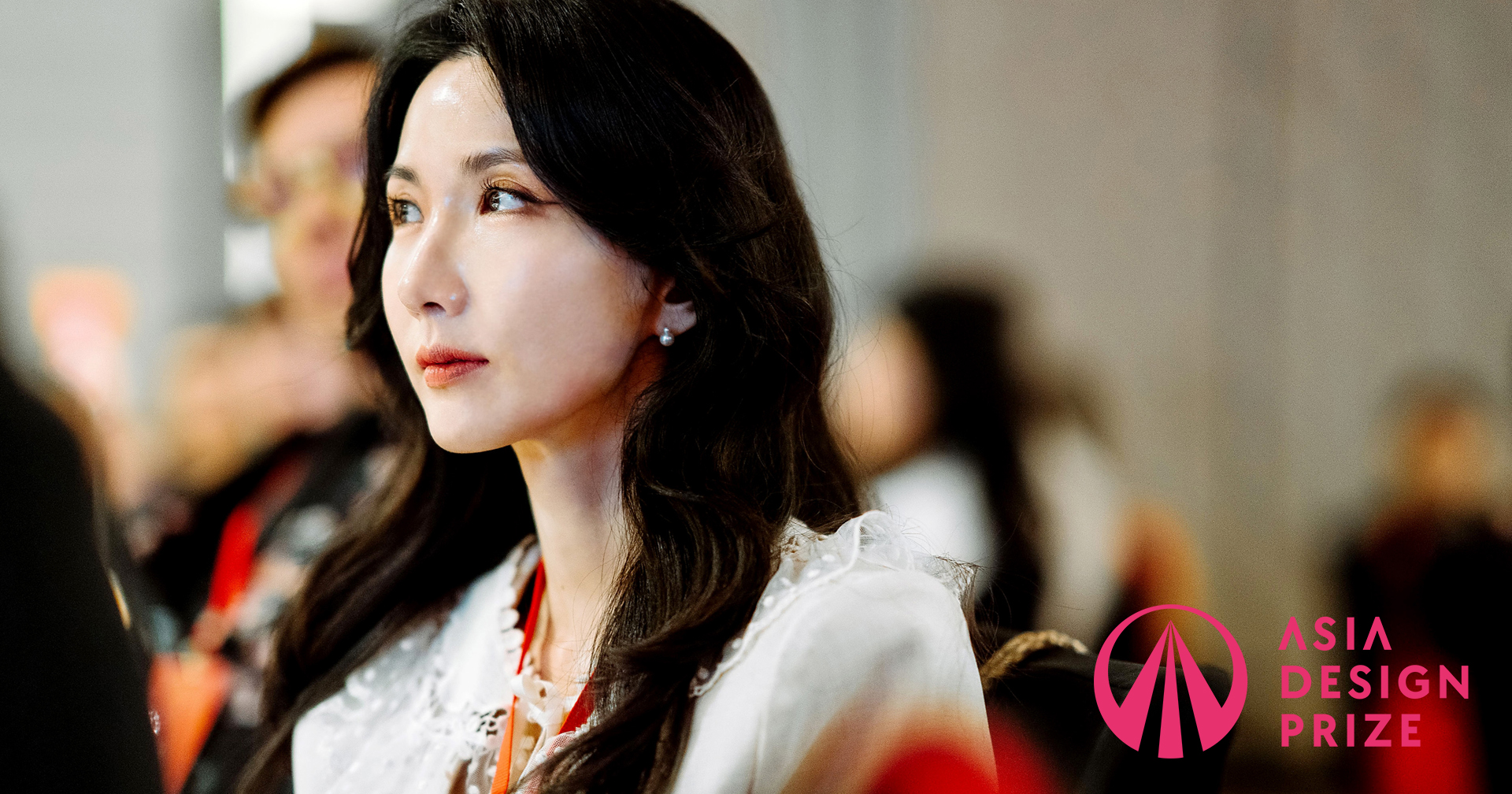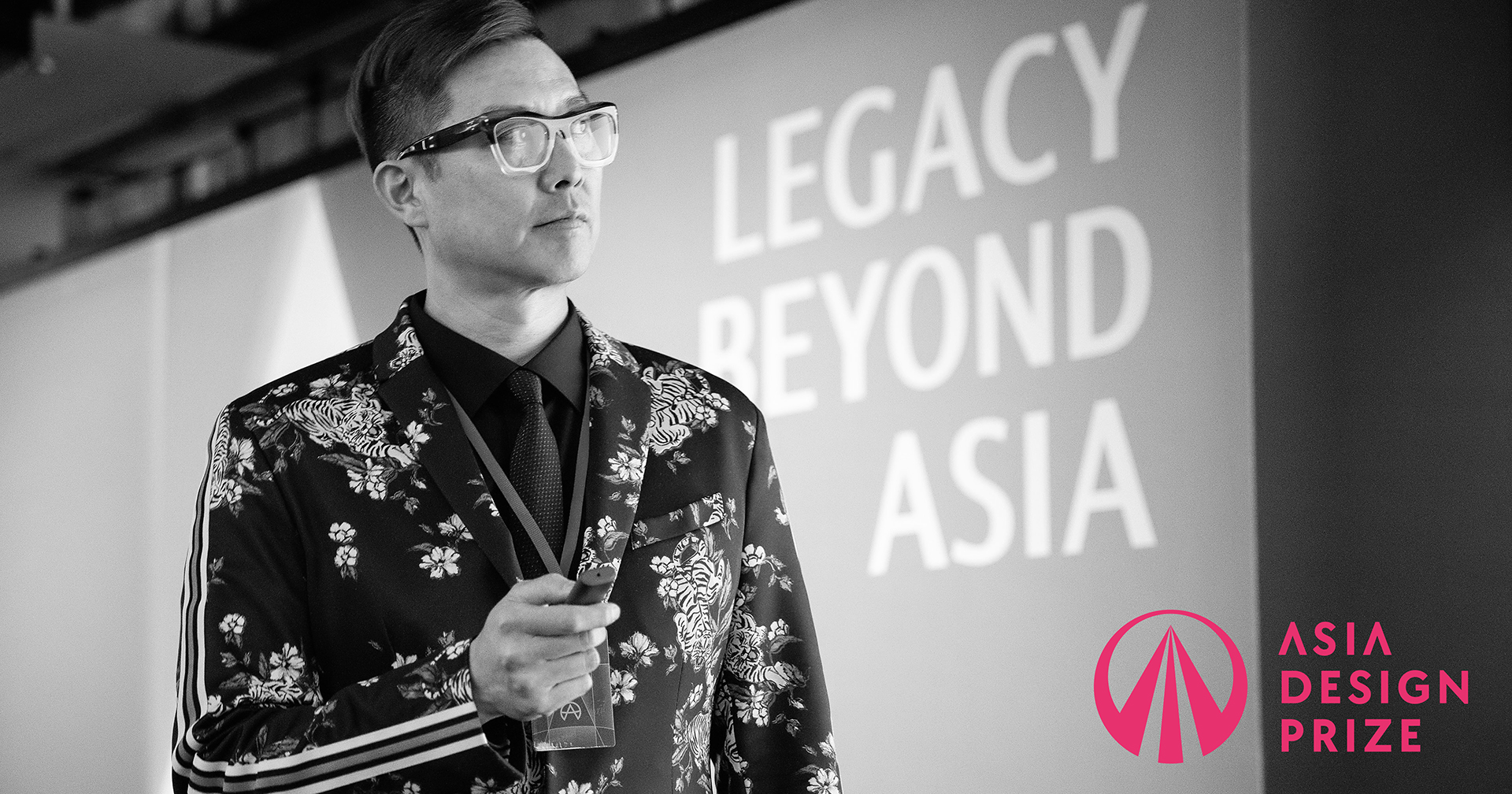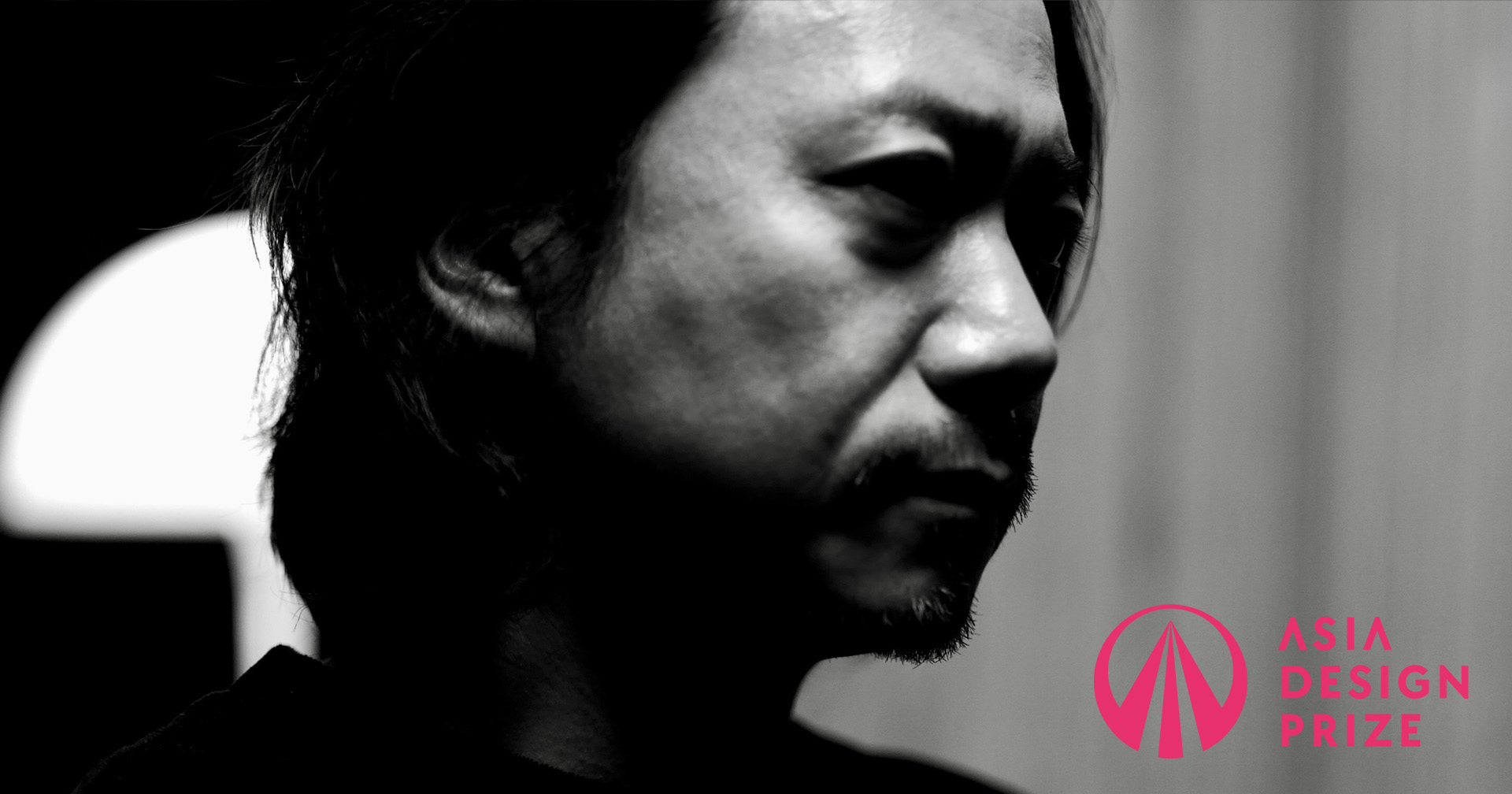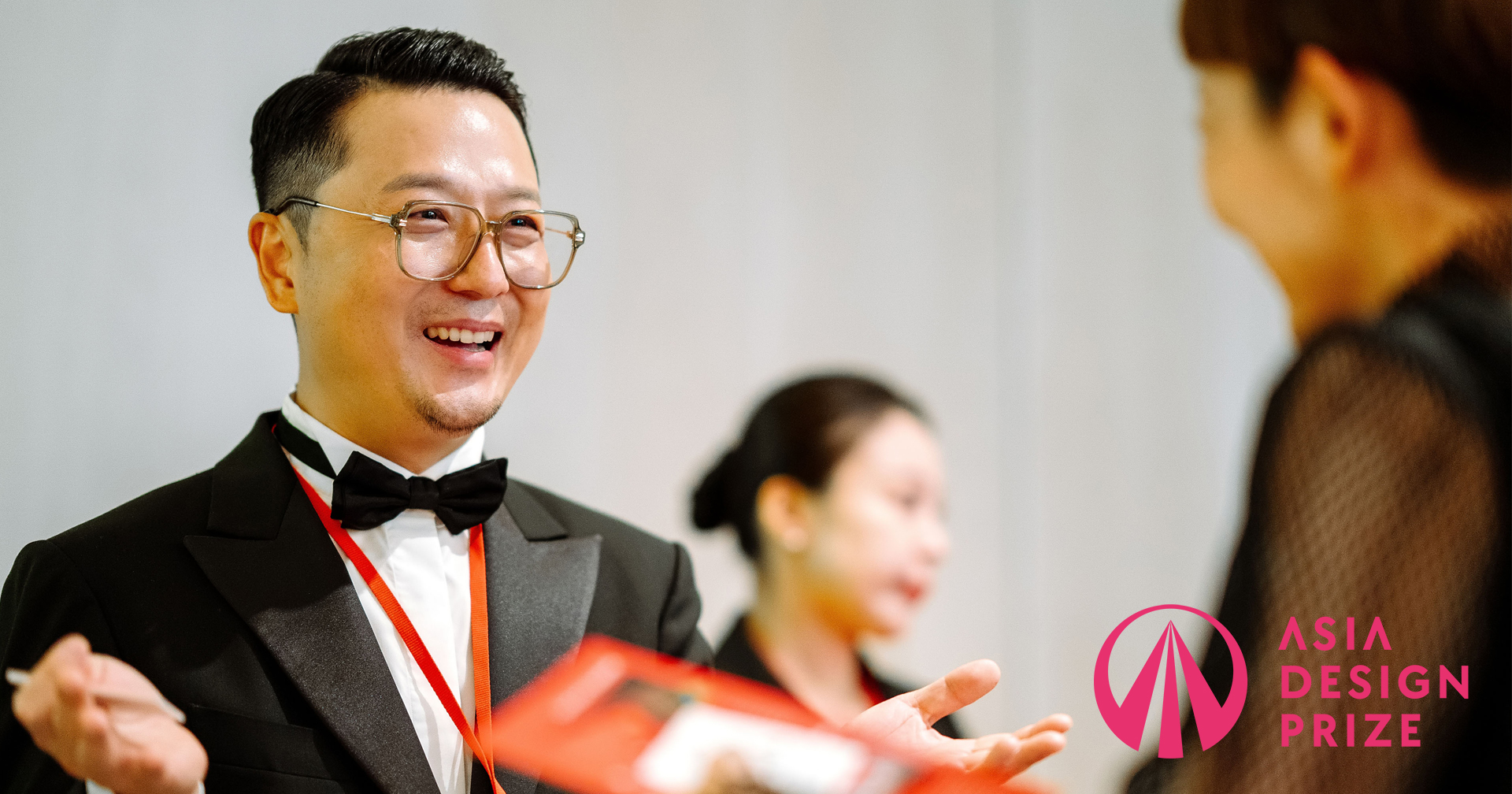
Director Doyoung Kim Founder of Asia Design Prize
How did the Asia Design Prize begin, and how do you think the original questions you asked then connect with the reality of today?
The origin of the Asia Design Prize was rooted in a clear sense of purpose: we felt the need to create a stage where Asian designers could present themselves more autonomously and confidently. At the time, the global design award scene was still heavily centered around the West, and Asian design was often regarded as either regionally specific or supplementary in nature. Our initial goal was therefore simple but powerful—to help design rooted in Asian perspectives and philosophies gain proper recognition in the global market, not just through awards, but in ways that would lead to tangible growth and opportunities for the designers themselves. We were never just trying to operate another award program. We wanted to build a gateway where the creative heritage of Asia could be connected to the world through design. Looking back now, I believe that this original intent and sense of purpose align precisely with what our current slogan, “LEGACY BEYOND ASIA,” stands for.

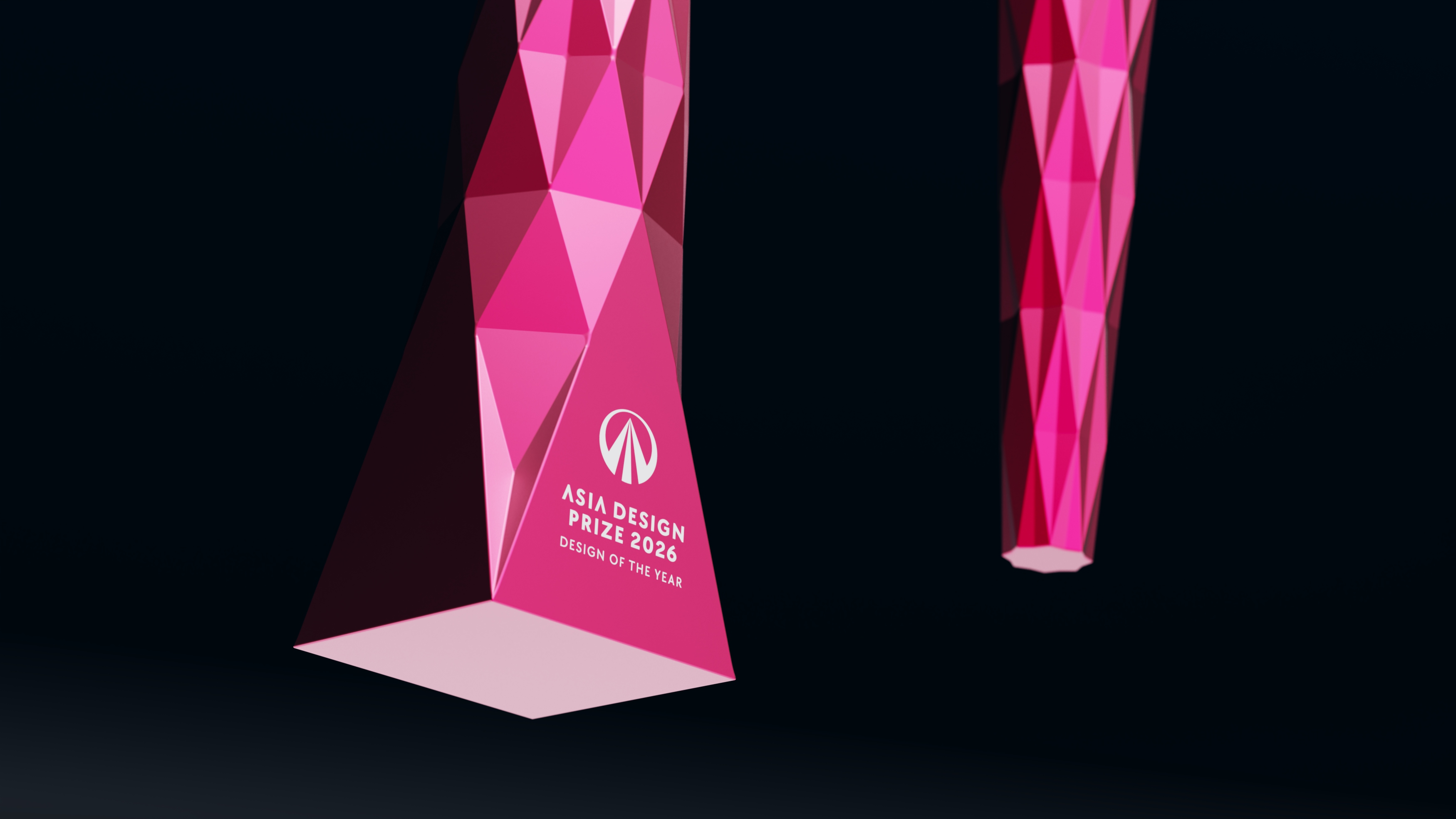
What has been the core philosophy that the Asia Design Prize has upheld over the past 10 years, especially as it has continued to emphasize “the fairest possible evaluation”?
The two principles that have remained at the heart of the Asia Design Prize over the last decade are fairness and respect for designers. Any award system, by nature, involves judgment and evaluation. But from the beginning, we believed that such evaluations had to be carried out justly and transparently to have any real meaning or legitimacy. We didn’t evaluate design solely based on form or visual completeness. We always tried to understand the depth of questions behind the work, the attitude it conveyed toward society, and the context in which it was created. To put this into action, we first established a transparent and multi-layered evaluation structure.
Our jury was composed of experts from diverse cultural and professional backgrounds to avoid bias, and we clearly separated internal reviews from external verification to reinforce the integrity of the process. Every year, we updated our evaluation criteria to reflect societal change and the evolving design landscape, ensuring that designers felt their work was respected and understood for what it truly represented. Moreover, our commitment to being designer-centered didn’t end with the award announcement. We wanted every winner to take genuine pride in their achievement—and to feel that pride become a bridge to future opportunities. The Asia Design Prize has never just been a competition to rank excellence; it has always strived to be a respectful ecosystem that honors design philosophy and supports continuous growth. This philosophy has been, and continues to be, the most important and consistent principle we've upheld since the beginning.
What was the motivation behind the rebranding project on the 10th anniversary of the Asia Design Prize? What was the most important shift you aimed to make?
The rebranding we undertook for the 10th anniversary of the Asia Design Prize was never just a symbolic update done merely because a decade had passed. Rather, it was an opportunity to ask a deeper question: based on the philosophy and accomplishments we’ve built over the past ten years, what kind of presence should the Asia Design Prize evolve into from this point forward? Personally, though I studied design management, I never considered myself a branding expert. I had always longed to collaborate with a professional branding director—someone with a strategic mind and wide perspective—to help refine and structure the brand’s identity in a meaningful way. That moment came when I encountered “This Is Why Branding Matters” by Woosung Jun of Seaside City. His writing gave me the conviction that he was the right person to define the next direction for the Asia Design Prize with us. We formally invited him to lead the branding process.
From the beginning, this project wasn’t about refreshing the visual layer; it was a fundamental process of redefining why this brand exists, what its mission is, and how to structure its core identity. The most critical shift we focused on was moving away from asking “What kind of brand do we want to be remembered as?” to instead asking “What kind of proposals should we offer to the world going forward?” This wasn’t about organizing past achievements. It was about taking a firm stance on the future and translating that vision into a refined, sensory-driven visual language. In short, it wasn’t about polishing the surface of the brand, but rewriting the reason for its existence and the direction of its proposals—ensuring that this philosophical foundation would guide every decision and execution moving forward.
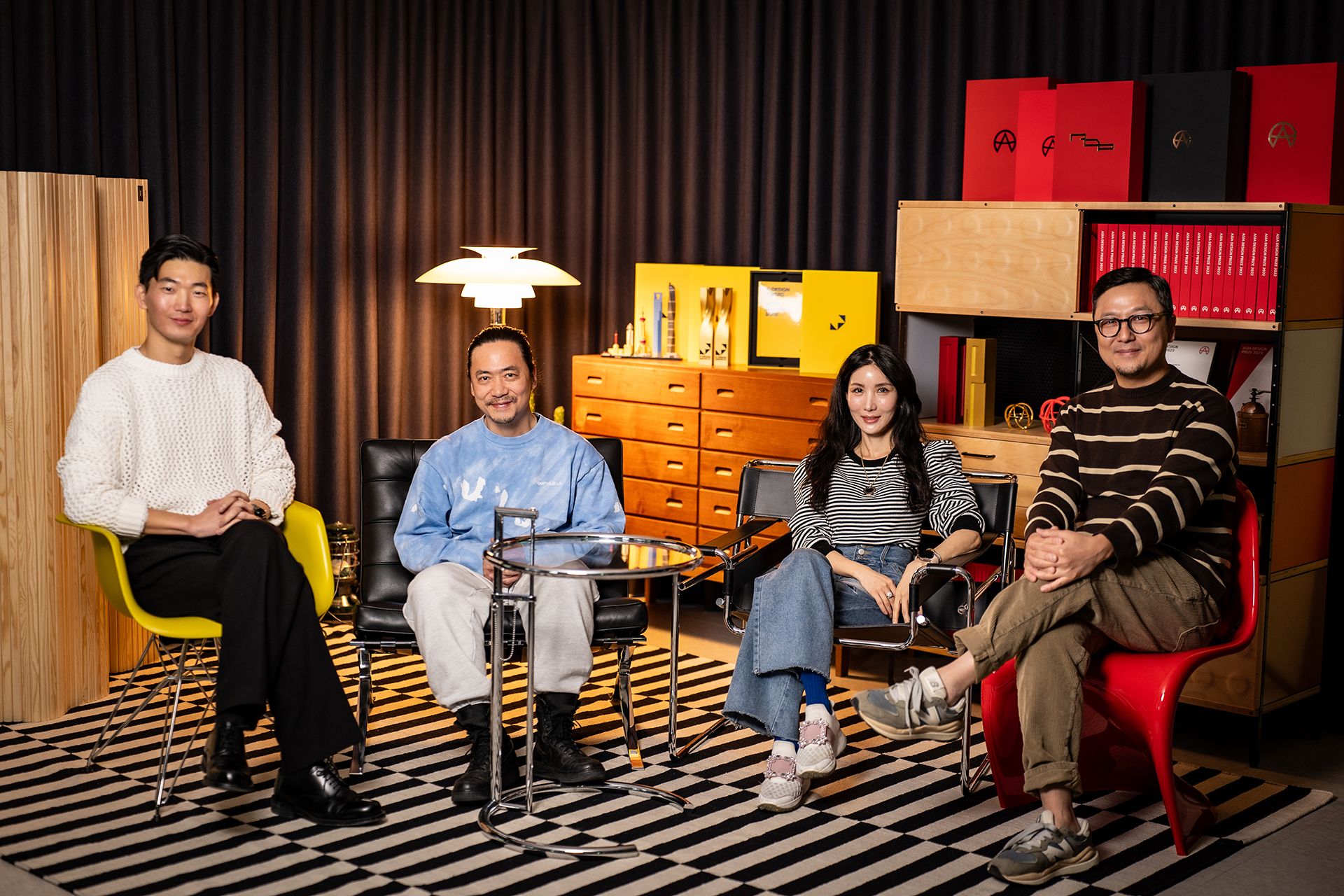
The rebranding project was a collaboration with Branding Director Woosung Jun. Was there a particularly memorable moment or scene from that process that left a strong impression?
What struck me most was that the starting point of our collaboration wasn’t “design” but “philosophy.” Before we entered any design phase, we sat down to have an in-depth conversation centered on a single fundamental question: Why does the Asia Design Prize exist? That dialogue led to a deep sense of shared understanding and resonance with Director Jun. Because of that, the entire rebranding process flowed naturally with no confusion in direction. Multiple directors and studios contributed to the project, each bringing their own unique method and style, yet everything ultimately coalesced into one cohesive worldview.
That was only possible because, at the center, we had a clear and unwavering philosophy anchoring everything. Director Jun never pushed for top-down control or imposed a singular vision. Instead, he set a firm standard at the core, allowing all participants to move freely within that framework. That sense of balance became one of the project’s greatest strengths—and the key to creating synergy beyond expectations. It was truly moving to witness creators with such distinct voices come together, not in conflict, but in harmony. Those moments of diverse expression merging into a unified brand narrative were some of the most memorable and rewarding aspects of this journey.
As the founder of the Asia Design Prize, how do you define the identity of Asian design?
Defining the identity of Asian design in a single sentence or style is undoubtedly a difficult task. However, I firmly believe that there is a shared sensibility and texture of thought that runs through it all. A reverence for harmony with nature, the ability to convey meaning through negative space, an approach that appeals more to emotion than to sensation, and a worldview that often prioritizes the collective over the individual—these are fundamental qualities that make Asian design inherently distinct. It’s not merely about visual differences; it’s about a philosophical posture.
This sensibility often gives rise to creativity that emerges from a different direction than Western design norms, resulting in a unique and refined aesthetic. The Asia Design Prize focuses precisely on this dimension. It is not simply a competition platform for Asian designers; it aims to help Asian sensibilities and philosophies establish themselves as independent standards within global design culture. What we strive for is more than just regional recognition. We hope for the term “Asia” in our name to go beyond a geographical reference and function as a cultural coordinate that resonates across time.
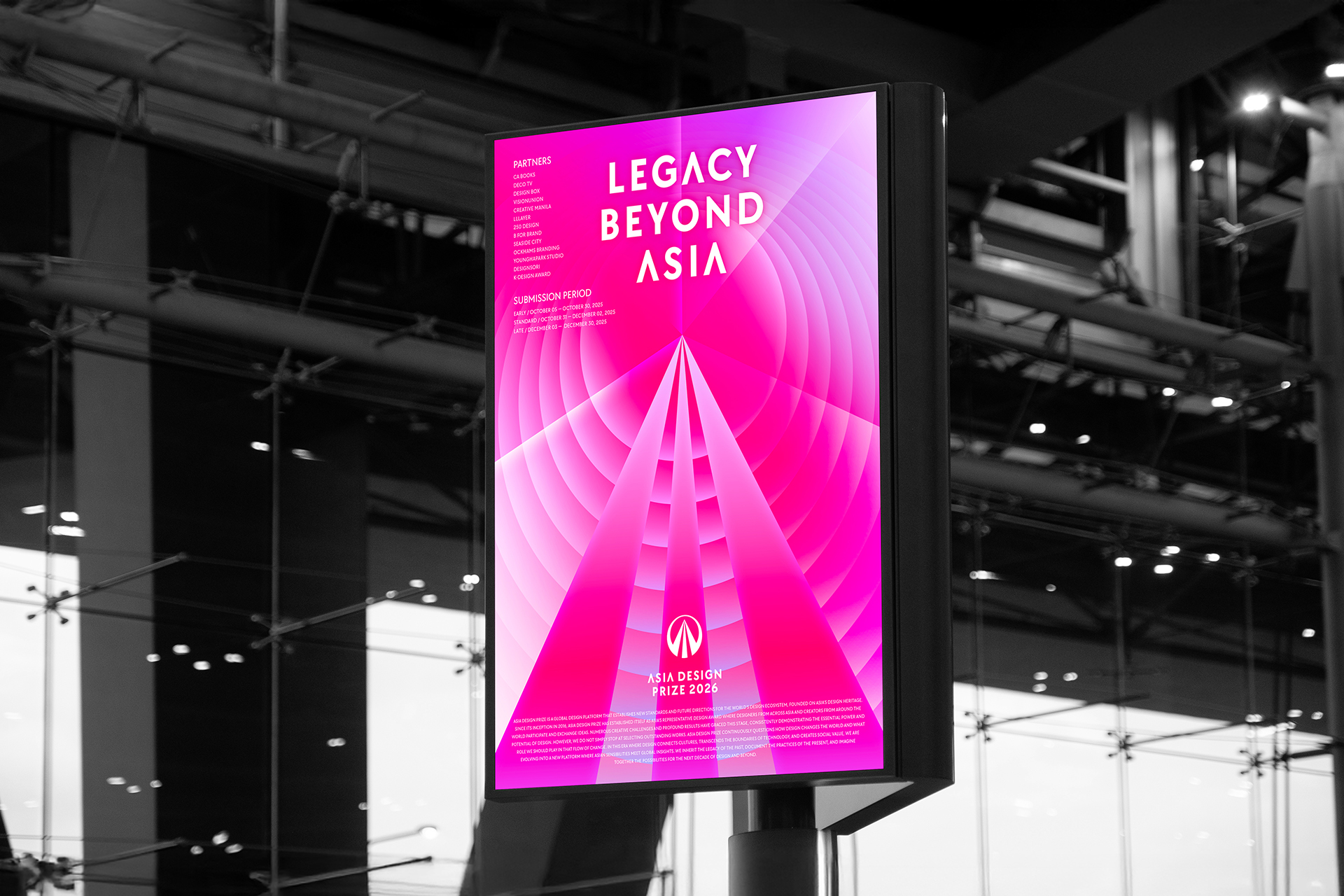
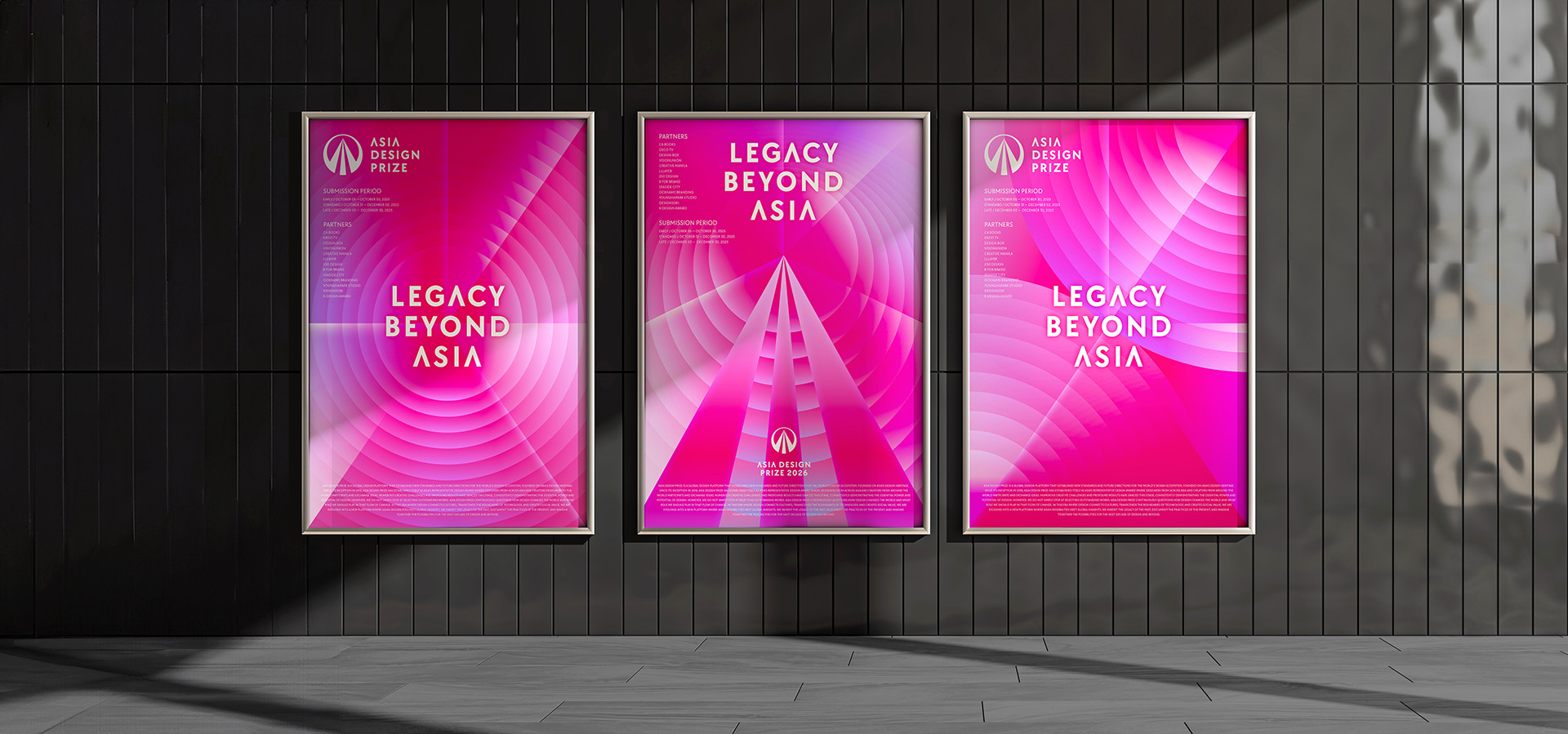
What sets the Asia Design Prize apart from countless other international design awards, and what is its competitive edge?
The most distinct differentiator of the Asia Design Prize lies in how we design the journey after the award is given. While many design awards conclude with an announcement and the presentation of a trophy, ADP places even greater importance on what follows. Rather than simply handing out awards, we aim to connect winning designers and their works with broader audiences and global platforms—through a network of media, curated content, and meaningful opportunities.
For example, each winning work is treated not as a standalone result, but as part of a larger narrative. The designer’s intent, philosophy, and context are actively highlighted. ADP consistently listens to the question: "Why was this design created in this way?" That ethos is deeply reflected in our judging process as well. We implement a strict blind-review policy to focus purely on the work itself—free from bias tied to name, nationality, or affiliation—and we evaluate not only form and technical completeness, but also context, narrative, and social relevance. Ultimately, ADP is not a result-driven award, but a platform that values the essence and story of design. That commitment to substance is what we believe defines our uniqueness and lasting competitiveness.
Every year, ADP judges thousands of submissions and selects the winners. What is the most important principle that guides this process?
The most important values at the core of the Asia Design Prize’s operations are fairness and integrity. These principles go beyond the judging process and shape the entire philosophy of the award. Our jury is composed of professionals from diverse backgrounds to prevent bias toward any one region or discipline. All evaluations are conducted under a strict blind-review system, allowing complete focus on the merit and message of each piece. We also make our evaluation criteria publicly available in advance to increase transparency and predictability. Designers can understand the framework behind their assessment, which promotes trust in the process.
Even after the winners are announced, ADP doesn’t stop at recognition alone. We actively create structures that ensure continued visibility for awarded works—through exhibitions, printed yearbooks, and digital archives that provide long-term exposure across global platforms. At the heart of everything we do is the belief that the moment of winning is not the end, but the beginning. ADP aims not to be a one-time event, but a long-term platform that supports the growth of a designer’s career and brand.
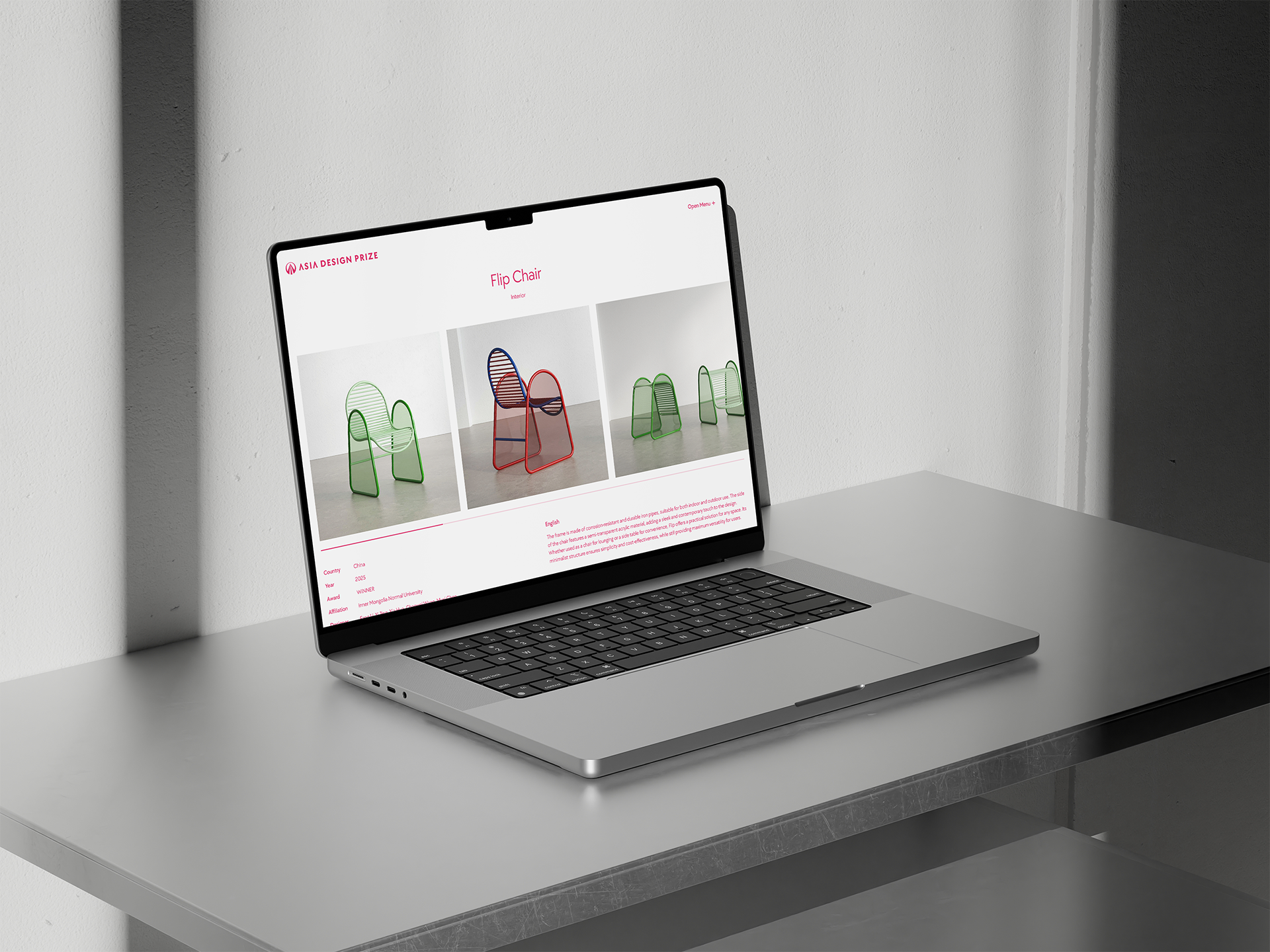
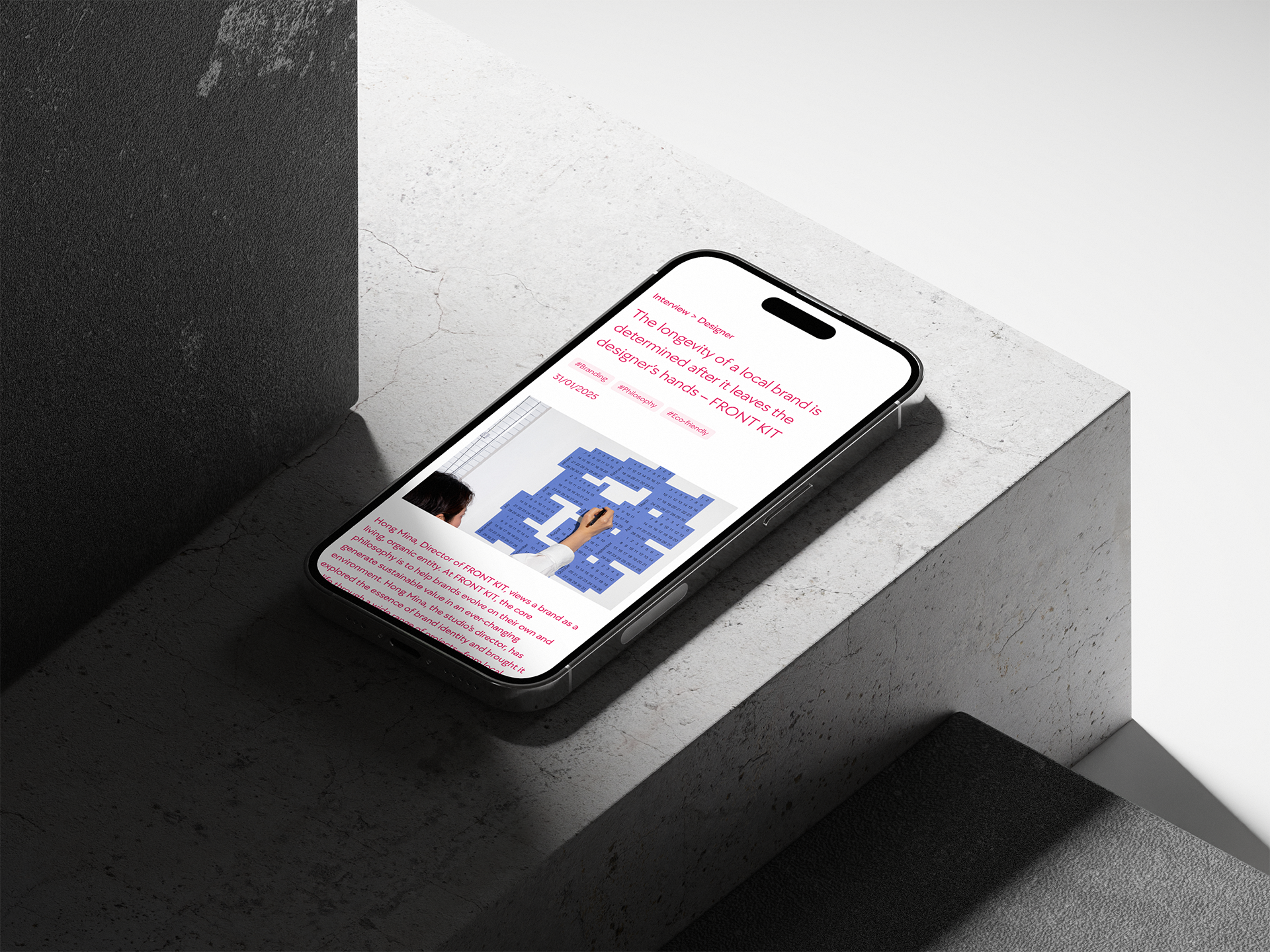
You’ve likely observed recent design trends closely through the works submitted to ADP. Have you noticed any notable shifts in the Asian design landscape in recent years?
One of the most distinct changes I’ve observed in recent award-winning entries is that design is increasingly evolving beyond questions of technique or form—into a manifestation of attitude. In the past, visual sophistication or technical innovation often took center stage. Today, what matters more is how designers perceive the world and what questions they are asking through their work. There’s been a clear rise in projects that address issues such as environmental sustainability, inclusivity, and social responsibility. And these are not just superficial responses to current trends. Many works reflect the designer’s sincere convictions and perspectives. This shift shows that design is no longer confined to providing “solutions,” but has become a tool for posing social questions and opening up new dialogues.
I believe this movement is not a passing trend, but a fundamental shift that will shape the future of design. We are entering a time where design is valued not only as a technical means of problem-solving, but also as a language that expresses attitudes toward society, humanity, and the environment. At the Asia Design Prize, we deeply resonate with this transformation, and we are committed to continually building a platform that elevates and recognizes design grounded in thought and philosophy.
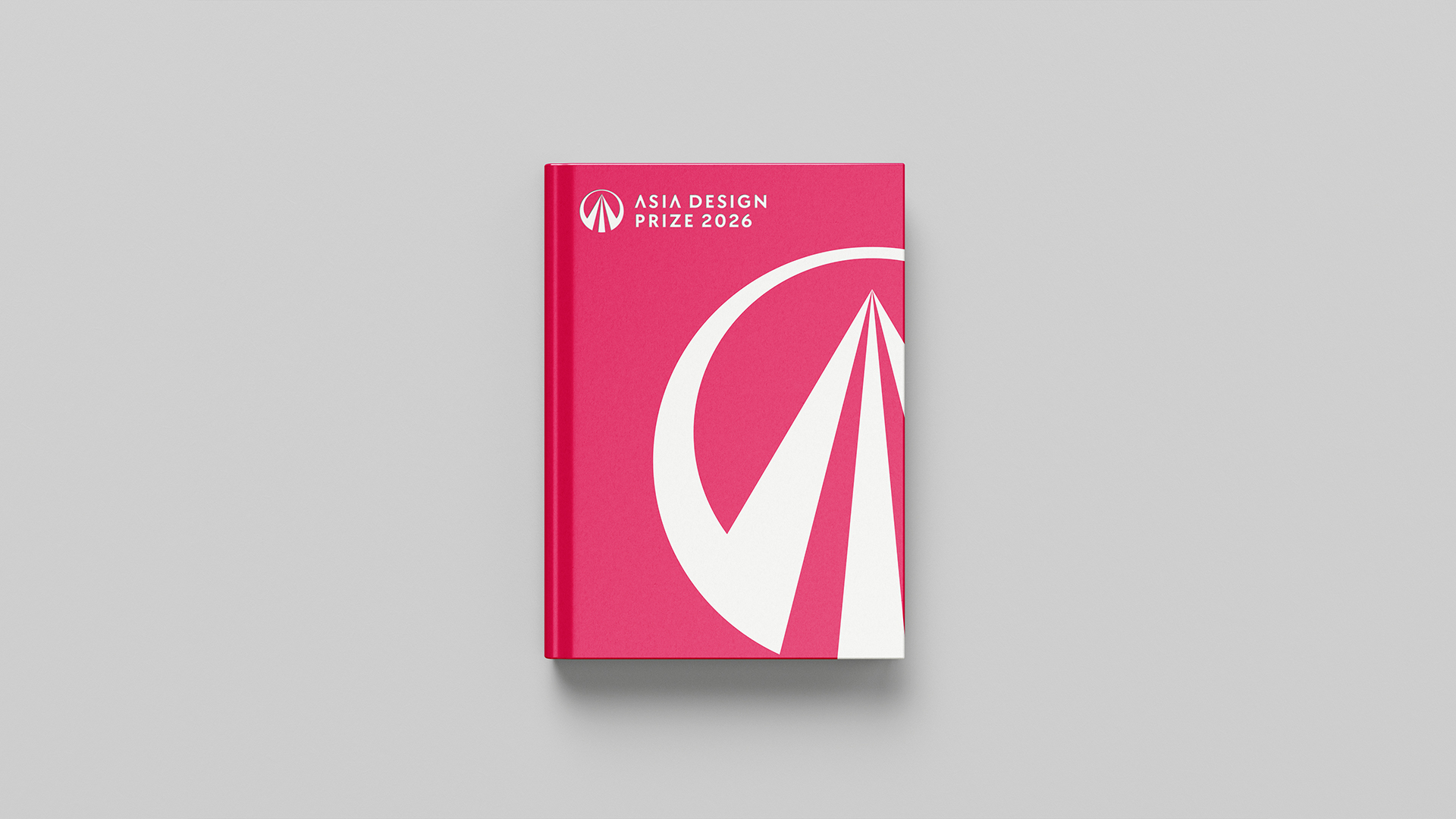
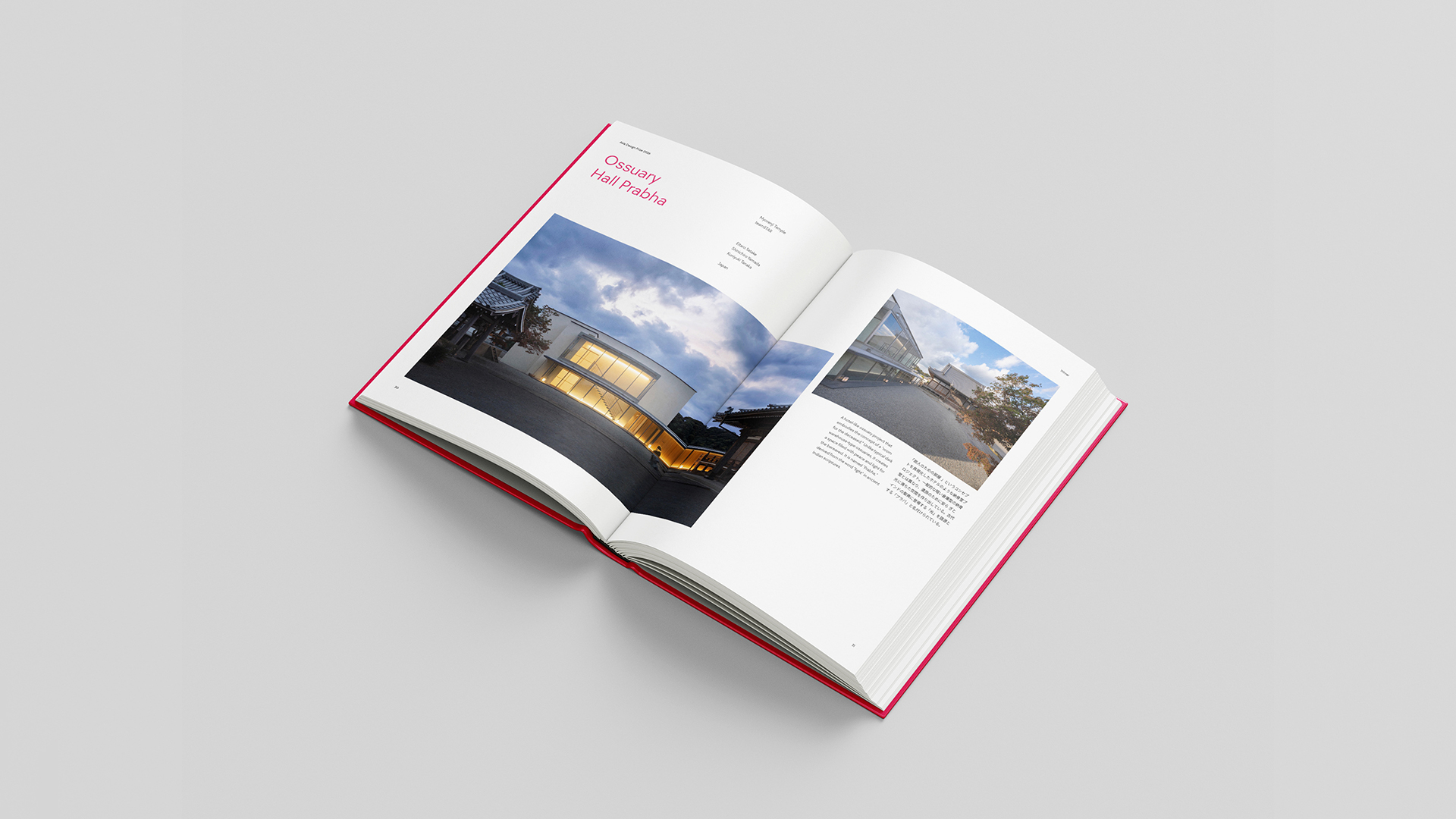
As the Asia Design Prize celebrates its 10th anniversary, what vision does ADP hold for the next decade, and which directions will it prioritize moving forward?
In the coming decade, rather than focusing solely on outward growth or quantitative expansion, we intend to prioritize depth and essence. The Asia Design Prize is not just a platform to collect more entries; it aims to design a structure that offers designers meaningful opportunities and fosters genuine connections even after the awards ceremony has ended. To that end, we will enhance our marketing infrastructure and networks to help awardees build visibility in the global market. Additionally, we’ll refine our content and communication strategies so that awarded projects are not only exhibited or archived but continuously leveraged and shared in impactful ways.
Our larger vision is to ensure that Asian design does not remain a fleeting trend, but instead becomes a cultural standard within global design discourse. Beyond simply encouraging participation from Asian designers, we hope to empower the emotional sensibilities and philosophies of Asian design to stand independently and influence the global stage. Ultimately, our greatest goal is to create a cyclical ecosystem—one in which designers who grow through ADP return as mentors and creators to guide the next generation. The next ten years will be a time to design deeper, more enduring value—as a platform that respects the essence and attitude of design.
Do you have any words of advice or messages for young Asian designers, or for those aiming to step onto the global stage?
The first thing I’d like to say is this: “It’s okay not to rush.” Design is ultimately a process of creating your own language, and that language cannot be completed overnight. Instead of becoming impatient with the world’s pace, I believe the most important thing is to consistently work with honesty and allow time for sincere questioning and reflection. If you have clarity on what you want to express and why you must do this work, that authenticity will inevitably reach others. I believe that outcomes are not the sum of effort alone—they stem from the direction of one’s attitude. If you keep moving forward without losing your voice, there will always be someone who recognizes your journey.
And I hope the Asia Design Prize can be a platform that walks alongside you in that journey—supporting you as you shape your design language, amplifying your story, and connecting it to a wider world. If we can serve as that kind of partner, then that, I believe, is our most meaningful reason to exist.
